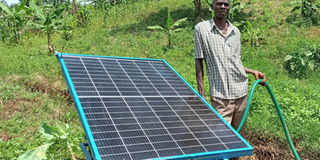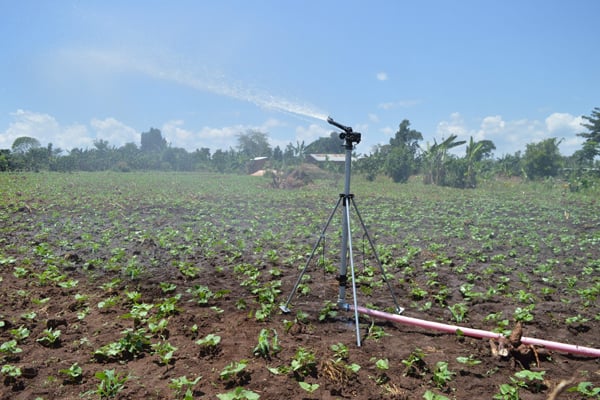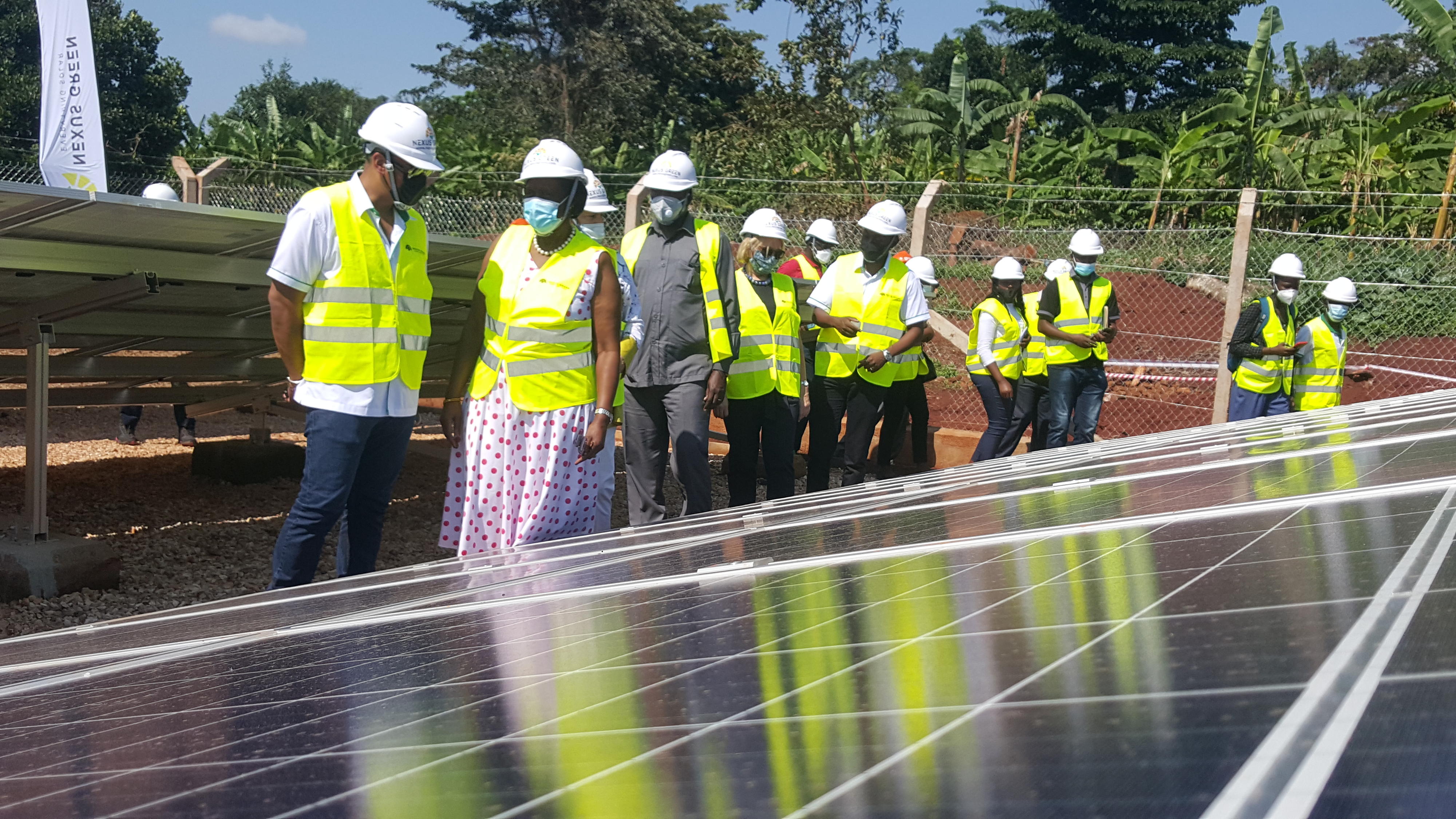Farmers take to solar irrigation for higher yields

Farmers are able to pump water directly from the reserviour for irrigation. Photo / Lominda Afedraru
What you need to know:
- Solar pumping system is a technology that uses the infinite solar energy as the power to drive the pumping system to obtain the irrigation water source.
Climate change effects continue to spread far and wide with many areas in Uganda beginning to feel the pinch of the extreme weather conditions such as more severe and prolonged droughts.
Experts usually advice farmers to opt for adopting irrigation practices during times of prolonged drought but many fold their hands because this option is not readily available.
There is also a challenge in adopting the technology because most of the irrigation pumps use electricity where a number of farmers are not connected to the national grid while generator based irrigation is prohibitive due to high costs of fuel.
Solar irrigation
However, experts are now advising farmers in drought stricken areas to adopt solar water pump irrigation technology which is a cheaper option as long as there is sunshine to power the batteries.
Selected farmers in northern and eastern Uganda have been beneficiary in adopting solar water irrigation technology with the help of the British government and a technology uptake organisation.
Solar pumping
There are still few farmers in the country who are adopting solar pump irrigation technology mainly due to affordability.
Solar pumping system is a technology that uses the infinite solar energy as the power to drive the pumping system to obtain the irrigation water source.
It can be integrated together with drip irrigation, sprinkler irrigation, micro irrigation, infiltration irrigation and other irrigation equipment with remote monitoring and management pumps.
Paul Kamoga, a data administrator from Aptech Africa Ltd, a company promoting the use of solar water technology among smallholder farmers, explains that his team realised farmers were interested in adopting the use of solar power pumps to maintain crop yields during the dry season.
This is because a number of farmers used to come to their showroom to inquire about solar pumps complained about high prices.
A package of complete installed solar power costs Shs10m which most small holder farmers cannot afford. As such, in 2008, the company began Pay and Pump farming project targeting small scale farmers.
Implementing
Kamoga and team began implementing the project in 2021 where they identified 28 farmers in eastern and 32 in northern Uganda mainly growing passion friuts and assorted vegetables ranging from cabbages, tomatoes, eggplant, cow pea leaves, malakwang and amaranth among other.
The farmers enter into a contract with Pay-N-Pump where they are given complete solar water pump.
The system comprises a solar panel of 340 watts, a push wheel cart to enable its movement on the farm, a set of six water sprinklers and five pipe lines to trap water from the source.
The farmer is expected to pay monthly contribution of Shs120,000 until completion of the total purchase price of Shs10m.
However, during the rainy season where irrigation is not applied at all, the farmer is expected to contribute servicing fee of Shs15,000 per month.
Product
According to Paul Kamoga the Pay-N-Pump solution comes with the support of agronomists who provide advice to farmers regarding agriculture best practices to help increase crop yields.




